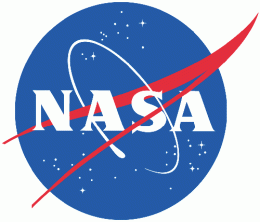
NASA JPL Robotics
The NASA Jet Propulsion Laboratory (JPL) Robotics at the California Institute of Technology is involved with several activities related to Mobility and Robotic Systems, and also several associated robotics efforts around JPL.
The lab is composed of 100 engineers tasked to do projects on all aspects of robotics space exploration and other terrestrial uses. JPL also developed an autonomy software that lets rovers on Mars travel, and operational software that would manipulate and monitor them from the Earth.
JPL is also instrumental for the rovers’ instrument placement and sampling arms, and the laboratory is currently on the verge on developing new systems with many arms and limbs which would be used for walking and climbing. And to make it even more mobile, JPL made some prototypes of aircrafts which would be able to fly through Titan’s and Venus’ atmospheres, drills that could probably bore holes and probes that would investigate Mars and Europa’s underground.
And to make it all possible, NASA JPL Robotics installed cameras in order to make these robots not only interact with their environment, but also measure it with the use of other sensors. With these, the robots can now manipulate themselves. JPL have likewise developed software which could unite all frameworks and allow them to reuse and transfer it with their other projects.
Among the notable projects that NASA JPL Robotics has undertaken was the rover developed by its Mars Science Laboratory that was launched in 2011. It is the third generation of rover to have explored Mars. This six wheeled rocker-bogie mobility system equipped rover will have a mast with pointable remote-sensing science apparatus and will also have an arm that is can place science gadgets in contact with Mars’ surface. It can also get relevant samples from the red planet, and scoop samples like soils and the likes from Mars.
Furthermore, this rover can observe the weather pattern of Mars, know if water exists on the planet and measure the radiation from space that enters the surface of Mars.